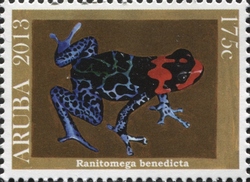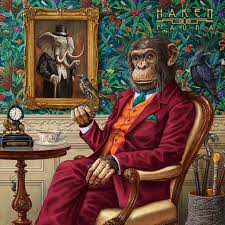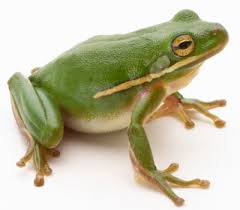Stamp: Ranitomega benedicta (Aruba 2013)
Ranitomega benedicta (Aruba 2013)
16 December (Aruba ) within release Forest Animals goes into circulation Stamp Ranitomega benedicta face value 1.75 Aruban florin
| Stamp Ranitomega benedicta in catalogues | |
|---|---|
| WADP Numbering System - WNS: | WAD:AW074.13 |
Stamp is horizontal format.
Also in the issue Forest Animals:
- Stamp - Agalychnis calidryas face value 1.75;
- Stamp - Panthera onca face value 1.75;
- Stamp - Ara macao face value 1.75;
- Stamp - Ranitomega benedicta face value 1.75;
- Stamp - Saimiri sciureus face value 1.75;
- Stamp - Panthera onca face value 1.75;
- Stamp - Ramphastos sulfuratus face value 1.75;
- Stamp - Sanguinus imperator face value 1.75;
|
Data entry completed
80%
|
|
|---|---|
| Stamp Ranitomega benedicta in digits | |
| Country: | Aruba |
| Date: | 2013-12-16 |
| Size: | 36 x 26 |
| Perforation: | 14 by 14 |
| Format: | Stamp |
| Face Value: | 1.75 Aruban florin |
Stamp Ranitomega benedicta it reflects the thematic directions:
Fauna (pl.: faunae or faunas) is all of the animal life present in a particular region or time. The corresponding terms for plants and fungi are flora and funga, respectively. Flora, fauna, funga and other forms of life are collectively referred to as biota. Zoologists and paleontologists use fauna to refer to a typical collection of animals found in a specific time or place, e.g. the "Sonoran Desert fauna" or the "Burgess Shale fauna". Paleontologists sometimes refer to a sequence of faunal stages, which is a series of rocks all containing similar fossils. The study of animals of a particular region is called faunistics.
A frog is any member of a diverse and largely carnivorous group of short-bodied, tailless amphibians composing the order Anura[(coming from the Ancient Greek ἀνούρα, literally 'without tail'). The oldest fossil "proto-frog" Triadobatrachus is known from the Early Triassic of Madagascar (250 million years ago), but molecular clock dating suggests their split from other amphibians may extend further back to the Permian, 265 million years ago. Frogs are widely distributed, ranging from the tropics to subarctic regions, but the greatest concentration of species diversity is in tropical rainforest. Frogs account for around 88% of extant amphibian species. They are also one of the five most diverse vertebrate orders. Warty frog species tend to be called toads, but the distinction between frogs and toads is informal, not from taxonomy or evolutionary history.


